In today’s post we are going to learn how to punch which seems like a no brainer. I mean, most of us have punched something at some point in our lives. But fighting is a lot like writing. Just because you’ve written something doesn’t mean you really know how to write. And just because you’ve punched something doesn’t mean you did it right. Also, if you’ve ever written that your character punched “hard” or “punched” a punch, bookmark this because neither of those are technically correct. Also, if you are writing a character who does MMA, check out my book Fight Write, Round Two. I have three chapters dedicated to just that.
Video Punch Tutorial Where to Punch Types of Punches What a Character Should NOT Do When They Punch
Steps to Throwing a Punch
After reading these steps, you may see professional fighters who do things a little differently. They are pros, it’s their prerogative. They have put enough hours in to know what works best for them based on their game. What you have here is a beginner’s guide.
Dominant Hand
Whatever hand you write with is likely your dominant hand. While some people are ambidextrous, they tend to reach, kick or chew on one side of their body more than the other. That would be their dominant side and. You need to know your dominant side to throw a punch that has maximum efficiency with minimal effort.
Foot Position
If you watch boxing or MMA, you might hear an announcer say that feet win fights. That is because punches start in the feet and where the wear on a fighter shows first. They moment a fighter’s ankles start to wobble or their heel rest on the mat, their movement is compromised and their ability to throw a productive punch wanes.
Ok, here we go. Stand with your feet shoulder width apart. With your weight on your heels, turn you toes forty-five degrees away from your dominant side. So, a right-handed persons feel will be pointing left and a lefty’s feet will be pointing right. That position will put your dominant hand and hip back and your less dominant side forward. Look the direction your forward foot is pointing. I know it seems wrong. Trust me. That position is important for physics to do its thing.
Bring your weight onto the balls of your feet — the thick, padded area just below your toes. That foot position will allow you to easily pivot side-to-side. Don’t be so high up on your toes that it’s like you are wearing high heels. You should be up just enough that someone can easily slide a piece of paper under your heels.
Pivot on your toes. There should be enough friction between your feet and the floor that you feel stable and not as though you will slip. There has to be a certain amount of resistance between the feet and what is below them in order to maintain balance and create torque. Mess with that friction and everything that follows can go off course.
Knees and Hips
The knees should have a soft bend so that pivoting is comfortable. As you pivot side-to-side, notice the rotational movement of the hips. That rotation is the result of torque created by the pivot of the feet. The dominant hip will be moving more than the less dominant. There’s a reason for that.
Upper Body
Bring the hands to the face. The less dominant hand will be up in front of the cheek bone. The dominant hand will be beside the chin. Generally, they are about six inches away from the face with gloves on. Now, lower your chin so that it is near your forward shoulder. This protects your jaw. You will be a little hunched over which is helpful in keeping the stomach muscles active. Be sure to keep your shoulders relaxed. Look up at your opponent’s chest, not head. Head movement if purposefully deceptive.
Punching Bare Fisted
Before we go further, let’s talking about punching bare fisted. In short, it ain’t smart. Boxing gloves are there to protect the fighter’s hands not their opponent’s face. Under those gloves are yards of material that wrap the hand and pull its bones together tightly so that when contact is made, force is distributed evenly over the delicate metacarpals: the bones of the hand between the fingers and wrist. Without wrapping the hands, and sometimes even when wrapped, the bones of the hand break and create what is known as a “boxer’s break.” If your character is one to go around punching things bare fisted, it’s likely they will, at some point, get a boxer’s break. Usually this is in the metacarpals under the ring and/or pinkie fingers.
Now, if you’ve seen any pictures of Victorian style boxing, you may notice they don’t wear gloves or even wraps. The reason these people weren’t breaking their hands right and left is because they tempered the bones either purposely or through manual labor. The more stress put on a bone the thicker it gets. If you’ve ever seen the hands of a boxer or MMA fighter, they are hearty. However, even tempered bones break. It happens all the time.
Making a Fist
Okay, hold your hand up straight and rigid like a board. This is called a “knife hand.” Roll your fingers down until your fingertips touch the pads at the top of your palm. Now roll them further until your fingernails are hidden by the meaty portion of the palm at the bottom. Relax the hand and notice the fingers should be kind of caught against the palm and stay in a clenched position without effort. Now, bend your thumb and place it just between the first and second knuckles of the pointer finger. If your thumb happens to naturally extend to the middle finger that’s fine. Don’t put the thumb up so that it sticks out like a stem. The thumb needs to rest out of the way of the punch. Don’t purposefully reach the thumb over the middle or ring fingers. It will round out the knuckles and you want those knuckles flat.
With your hand in a fist, look at the knuckles. You want to make contact with the first two. The other knuckles may make contact and that is fine. However, when you aim to make contact with the first two, you are less likely to make contact with only the last two which have weaker metacarpals.
Throwing the Punch
Ok, let’s throw a punch. Get in your fighting stance. Pivot on your toes. Let the rotation in your hips drive your shoulders forward. As the hips push the shoulders forward, allow the momentum to throw out the fists. That is why it is called “throwing” a punch. The rotation of the bottom half of the body throws the fists out. As the fist is moving straight ahead, turn the hand over so that the thumb is down. It’s the same movement as pouring something out of a glass. This protects the elbow and brings the shoulder up to protect the jaw. Because the dominant hand is back, there will be more rotation in that hip to push the shoulder forward which increases the speed of the punch on that side.
Ta-da! You are now punching. The punch with the forward hand is called a jab. The punch with the back hand is called a cross.
Don’t Punch Hard
Now let’s put some hot sauce on those punches. Ironically, to punch hard, you don’t punch hard which tends to confuse people. We want our punch to deliver a great amount of force. Force is the product of mass times acceleration. So, to punch hard we need to get as much of our weight (mass) behind our punch as we can and throw that punch as quickly as possible (acceleration). That means the whole chain of events that starts with the feet has to be on point and fast because the sharper your technique, the easier it is to move quickly yet smoothly and get more of your mass behind your punch.
The impact of mass in the creation of force is why there are weight classes in striking arts. Heavier fighters can inherently create more force because they have greater mass. The greater the disparity in weight, the less likely it is for the smaller fighter to close that gap with speed. So, you want your character to punch fast and if they are a trained fighter, they know that. If they aren’t trained, they will grunt and flex and ultimately throw a slower and therefore less forceful punch. Also, if they aren’t trained, they will probably have the wrong foot forward which creates less rotation and ultimately less force.
Why This Matters
All of this punch technique business is important for any author writing a hand-to-hand fight scene. For example, if a writer knows the importance of friction between the feet and the surface below to create a forceful punch, they will understand that if their character is on slippery ice, the punch will be less forceful and the character might slip. Also, that writer will have a better understanding of how their character’s body is positioned. A right-handed character will have their right side away from their opponent. So, if that right-handed character is stabbed, it will likely be on the left side of their body because it is more accessible to their assailant. By the way, kicks work a lot like punches. There has to be friction, torque and rotation in the hips, and the stance will be the same as for a punch.
If you are struggling with a hand-to-hand fight scene, stand up and move around like your character would. Get into a proper fight stance and see what is an accessible target for the foe. Also consider what has to happen to disrupt the chain of events to create a forceful punch. For example, if a character is so close to another that the punching character can’t rotate, the punch will have less force. That’s called fighting “in the box,” by the way. And, of course, check out my books!
Until the next round with FightWrite, get blood on your pages!


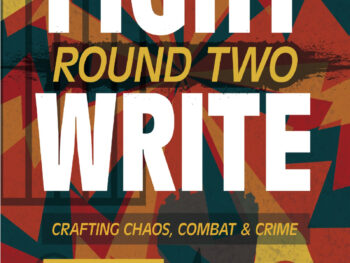
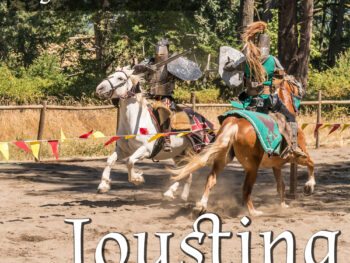
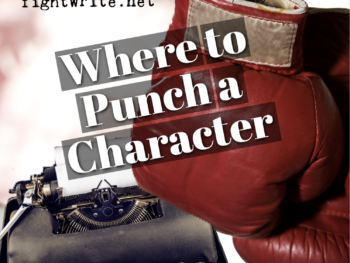
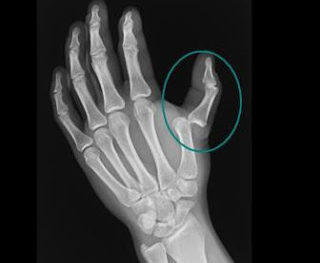
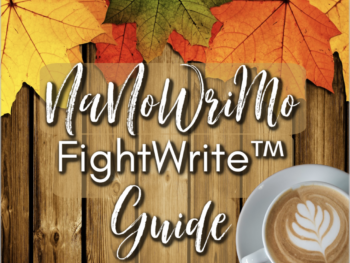
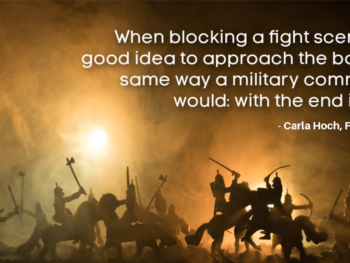
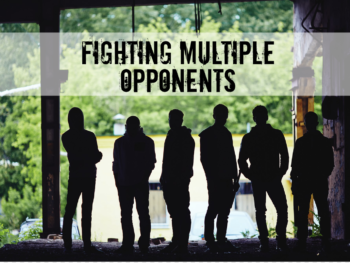
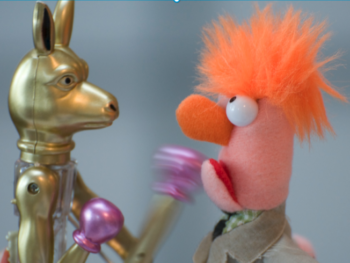
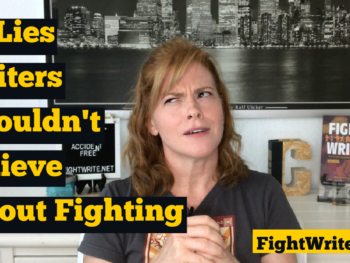
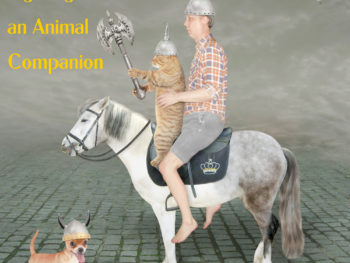
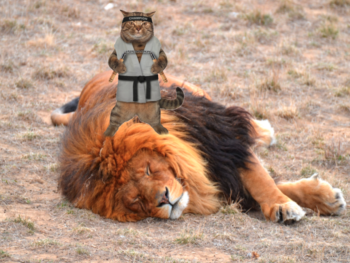
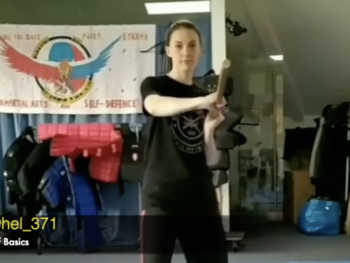
My brother recommended I would possibly like this website. He was once totally right. This put up truly made my day. You cann’t imagine simply how much time I had spent for this information! Thanks!
12u0y5
Thank you for sharing with us, I conceive this website genuinely stands out : D.